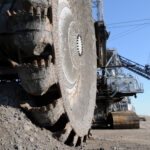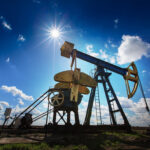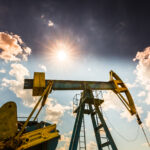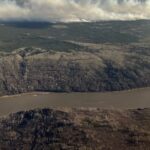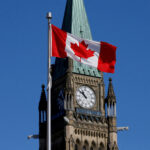Insurance bill for Canadian wildfire could exceed C$2 billion
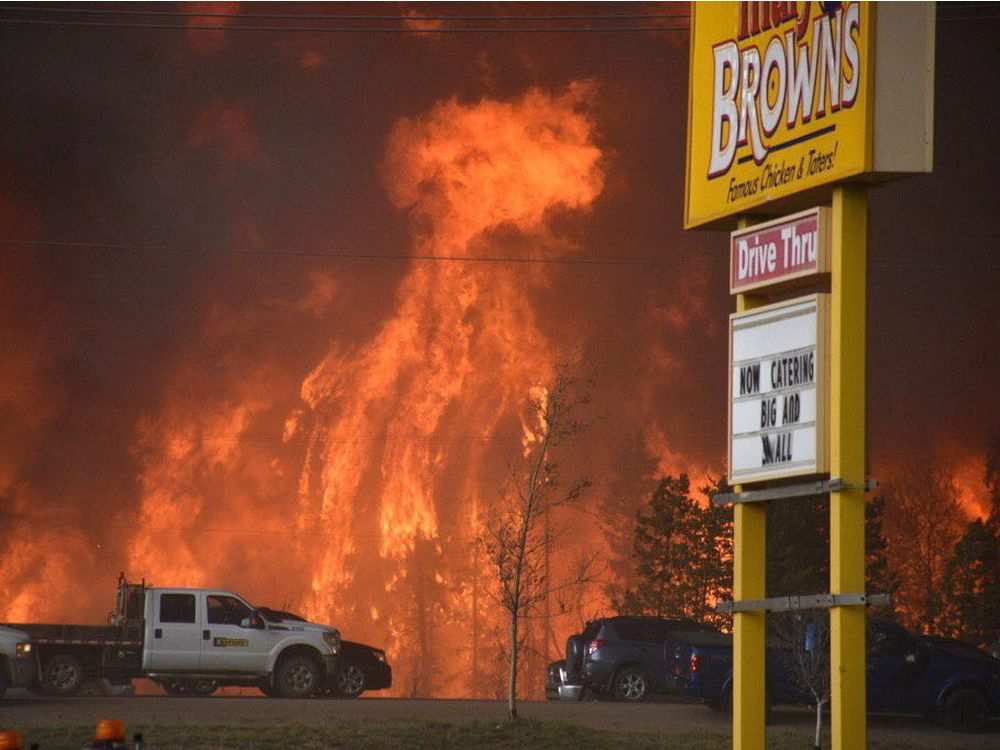
This week’s massive forest fire in Alberta, Canada, could be the most costly natural disaster in the province’s history. The fire, which now covers more than 328.2 square miles, continues to burn as high temperatures and dry conditions in the boreal forest make the area highly flammable.
Bill Patzert, a climatologist at NASA’s Jet Propulsion Laboratory in California said the fire started at an inopportune time–between the snowy winter and the rainy spring.
“In a way, it’s a perfect storm,” Patzert told ABC News. “It’s been warm, it’s been dry and windy. It’s the in-between period before you’re in the full bloom of spring.”
With 1,600 buildings destroyed and another 19,000 under threat, the fire may be the most expensive natural disaster Canadian insurers have ever faced. The insurance bill for the fire is expected to exceed the C$1.9 billion in losses caused by the Alberta floods of 2013, and several times more expensive than the C$700 million in losses from the 2011 wildfire in Slave Lake, Alberta, reports Reuters.
The fire in Slave Lake, a small town 155 miles northwest of Edmonton, led to the destruction of 374 homes, less than a quarter of the number of structures already destroyed in Fort McMurray, and damaged another 52.
“If you’re looking at four times that of Slave Lake you’re getting to well over C$2 billion ($1.6 billion) so there is a possibility that this may become the biggest catastrophic claim in Canada,” said DBRS analyst Stewart McIlwraith.
The average price of homes in Slave Lake is lower than that of homes in For McMurray, where the oil boom pushed housing prices higher.
Shares in Intact (ticker: IFC), Canada’s largest property and casualty insurer, closed nearly 4%. The company said it has the biggest exposure of any insurer to the region.
“It could be quite significant in terms of a loss for them,” said Edward Jones analyst Jim Shanahan.
Other insurance providers with exposure to the region include Toronto-Dominion Bank (ticker: TO) and international insurers Aviva and RSA.
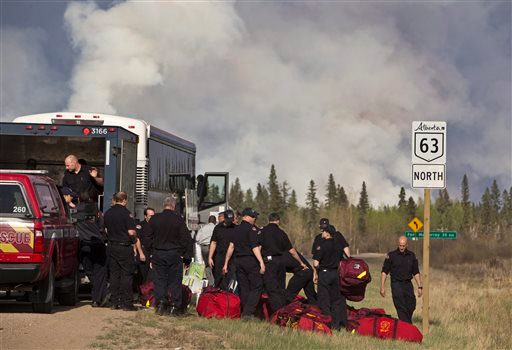
More than 1,100 firefighters working to contain the blaze
The Alberta provincial government, which declared a state of emergency, said more than 1,100 firefighters, 145 helicopters, 138 pieces of heavy equipment and 22 air tankers were fighting the fire, but Chad Morrison, Alberta’s manager of wildfire prevention, said rain is needed, reports the Associated Press.
“Let me be clear: air tankers are not going to stop this fire,” he said. “It is going to continue to push through these dry conditions until we actually get some significant rain.”
The fire continues to grow, but is now moving away from Fort McMurray, where the entire 88,000 person population was evacuated. About 25,000 people fled north during the mandatory evacuation to oil sands work camps were converted to house people. Officials are now trying to move everyone south of Fort McMurray.
On Thursday, 8,000 evacuees were airlifted to Edmonton and Calgary as officials waited for roads to become safe enough to drive. Alberta Premier Rachel Notley said the first convoy to attempt to evacuate south through Fort McMurray will be 400 vehicles led by a helicopter.
The city’s airport suffered only minor damage because of the “herculean” efforts of firefighters, said Scott Long of the Alberta Emergency Management Agency. Firefighters have focused on protecting key infrastructure like the water treatment plant, the hospital and the airport.

